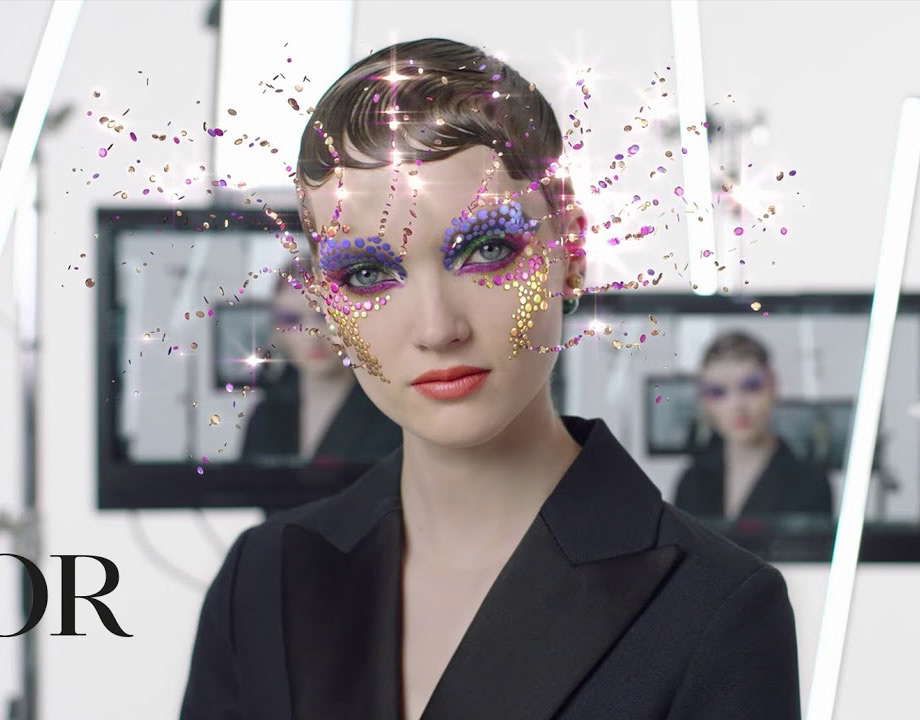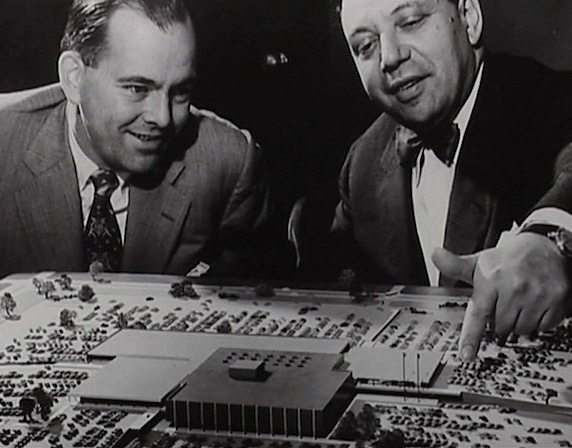Dana Maier The New Yorker 2018
Over the past decade the remote work revolution was driving the fashion landscape on a casual and contemporary trajectory. Comfort chic was beginning to take priority for consumers.
All in a single decade, we went from ugly suffocating pencil skirts, to the popularization of casual Friday's, to the proliferation of casual startup culture, and now- our work uniform is a noisy tie died hoodie that we can flex in a zoom.
The tides have changed vigorously for the J. Crews and Brooks Brothers of the world. Your preppy platter of tweed, cashmere, and silk blouses, serves no bearing from my bed-office. Sorry!
As work from home seems like it might stretch into 2021, it's hard to believe work wear will remain relevant at all. A week ago, when New York City offices opened for the first time since March, less than 20 percent actually returned.
I guess what industry experts are starting to call the "comfort economy" might be here to stay. If remote work really does become mainstream, that shift is going to have enormous implications for the fashion industry.
As retail takes a turn for cozy couture, Ive been thinking about which brands are are being hit the hardest. I think the brands that are probably most vulnerable right now are niche brands that drive hard into a very specific upper middle market and offer a limited assortment. In the context of this crisis we'll call them "squeezed" brands.
The first brands that pop into my mind are brands like Theory, which revolutionized the contemporary market and The Reformationw the first insta-worthy sustainable brand if you will.
Gweneth Paltrow as Emma Woodhouse in Emma
Sophia Loren as Zoe in Baccacio'70
The "slutty Eileen Fisher" as Gabby Noone once called it, has formed a Midsomnar like cult following with the brand's "sexy peasant" appeal. Emma Woodhouse's regency dress in Emma meets Sophia Loren's famous Baccacio' 70 dress.
But with a majority of offices still closed and celebrations postponed, the sort of aspiration for elegance these brands hinge on lacks pertinence.
For now, the best these brands can probably do is reposition their inventory so it resonates with the cooped up consumer. Aritzia, another squeezed brand, features an at home edit on their website. They shot their entire summer catalogue this spring in an at home setting. Still, it's unlikely that will be enough for these brands to really save face. Mixing up inventory isn't going to help much if the demand just isn't there, kind of like rearranging deck chairs on the Titanic. For now, let's hope they have enough liquidity to hold them over.
Theory linen suit pants paired with a tie die sweatshirt: Brands are trying to reposition their UVP's towards a more casual trajectory by trying different permutations of inventory ie. matching trousers with more casual tops and vice versa.
On the other hand, two sustainable DTC brands, Allbirds and Everlane are arguably more shielded from this crisis. Despite being upper middle market brands, they lean on trans-seasonal staple pieces, and neutral patinas, both more top of mind for consumers right now than floral and polka dotted wrap dresses.
These brands do a great job of speaking to modern utility and the timelessness of basics. As a thirst for minimalism grows stronger, these brands are poised in the right direction.
No Pants Are The Best Pants
As zoom drags into the new normal I wonder what will become of pants? The only utility pants serve on a zoom call is comfort, and even then, how much utility is there? Wearing no pants is just as comfortable and it costs nothing, not to mention its more sustainable. Again, what is the pant to the zoombie?
I can only imagine the massive piles and piles of excess pants inventory sitting in warehouses all over the world. And now that distributors are cutting down (and some even canceling) fall orders what are we going to do with all these pants?!? And better yet, what will happen to the jean?
1970's Levis Ad
Claire Press writes in "Dyeing Shame" that before this crisis, the average person wore jeans for three and a half days a week, and those numbers were increasing as the workplace became increasingly casual. The very definition of business casual pretty much became a nice pair of jeans. So as jeans submerged office wear, the demand for jeans was actually growing. But now that office culture has been somewhat canceled- the wheel of fate for denim is turning back around.
Before we write off jeans it's worth understanding its punctuation in U.S fashion. Since the rise of Levi Strauss in 1873, the jean has become a literal fabric of American culture! In the 1920's they were romanticized through Hollywood western films like John Wayne's Red River and Clint Eastwood's The Good The Bad and The Ugly.
By the 1970's the jean had become a linchpin of American style. Diana Vreeland famously called blue jeans "the most beautiful thing since the gondola". Andy Warhol said he wanted to die with his blue jeans on.
The market for denim was realized, it was time to up the ante. The premium denim market took flight.
The 70's saw the rise of Calvin Klien and Gloria Vanderbilt, in the 80's Diesel and Guess- in the 90's Adriano Goldschmied and in 2000, Rag & Bone. "So thats what happened to me, i've been calvinized!" It's "Jeanious!"
Jeans have been revered for their flattery and durability, but one thing's for certain, jeans have never excelled in perhaps the most coveted element in clothing right now- comfort.
Fitting perfectly into a pair of jeans may be dignifying but you know whats even better? unbuttoning them.
In a way, maybe not having to put on jeans amounts to "ignorance is bliss". Jeans are condescending. Sweatpants allow you to slouch vulnerably into your arm chair for ten hours.
Since the term "Athliesure" first crept up on the denim market in 2007, denim brands have been trying to resonate with the times by making jeans more elastic. Levi's even took on a new tagline "Live in Levi's". Alliteration or oxymoron? let me know!
Maybe Jeans shouldn't try to be something they're not. The threat of a certain substitute, sweatpants, will always outfox chambray, no matter how elastic. Sorry! And why would anyone ever live in their Levis?
It's worth mentioning that jeans are considered to be a discretionary spend, so their lack of utility aside, a lot of Americans probably cant afford a denim spree.
Less Jeans= Less Water, Less Jobs
Almost since its inception, denim's production has had enormous environmental implications, the average pair of jeans requiring around1,800 gallons of water. So, from an environmental perspective, producing less jeans is a positive. But what does fewer jeans mean for the thousands of workers in India and Bangladesh that produce them?
According to The Guardian, workers wages at Denim expert, one of the worlds top jean manufacturers, support about 10,000 family members. A majority of these workers were left unpaid for months as orders were canceled. If demand for denim continues to diminish, gallons of water will be saved but at the expense of mass layoffs of thousands of overseas workers that already struggle to scrape a living. I guess its damned if you do, damned if you don't!




